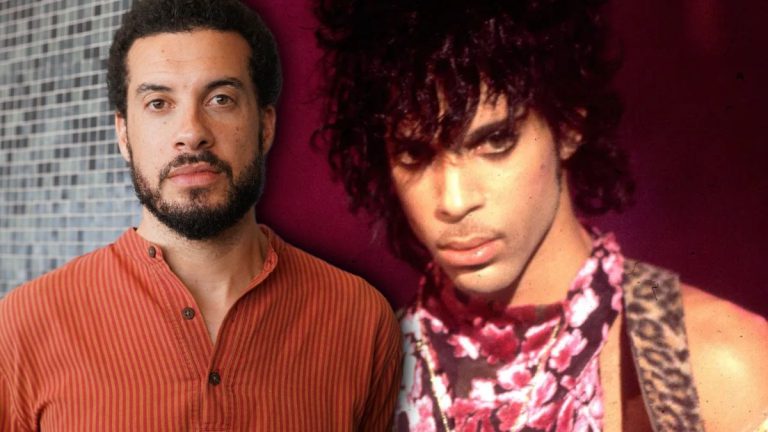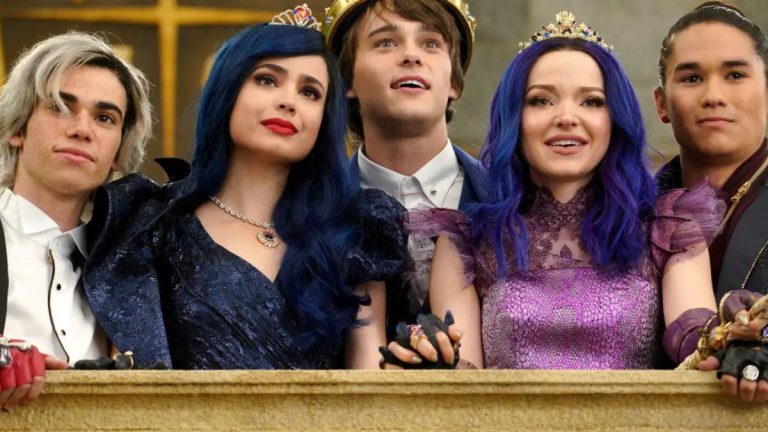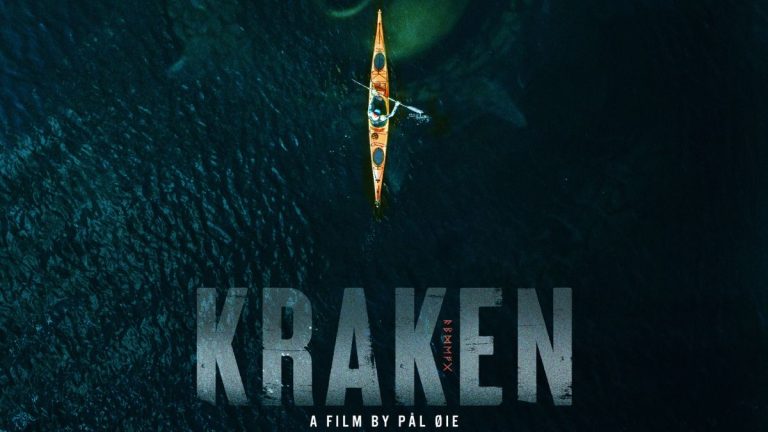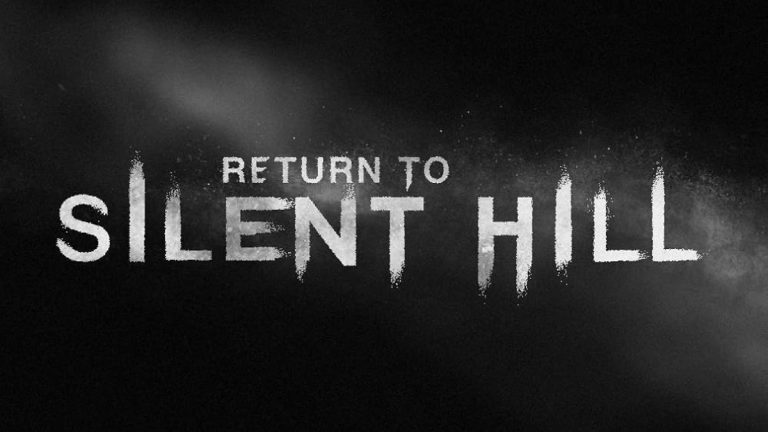Why All the Fuss About Youtube and Spotify Growth?

In the realm of digital media, two platforms have emerged as giants, revolutionizing the way we consume and share content-Youtube and spotify. Both platforms have experienced unprecedented growth, transforming not just the music and video industries but also shaping the cultural landscape. This article delves into the reasons behind the immense popularity and continuous growth of youtube and spotify, exploring the key factors driving their success.
Youtube: The Video Giant
Content Diversity and Accessibility
Youtube’s success can be attributed in large part to its diverse range of content, from educational tutorials and entertainment to music videos and vlogs, Youtube offers something for everyone. This vast array of content caters to a global audience, making it a go-to platform for users of all ages and interests. Furthermore, Youtube’s accessibility across various devices ensures that users can engage with content at their convenience.
Monetization Opportunities for Creators
Youtube’s partner program has played a pivotal role in its growth. By allowing creators to monetize their content through ads and memberships, Youtube has incentivized the production of high-quality videos. This has attracted a multitude of talented individuals and organizations, fostering a vibrant community of content creators. The allure of turning a passion into a profession has contributed significantly to Youtube’s ever-expanding library of engaging content.
Global Reach and Cultural Impact
YouTube’s global reach is unparalleled. With over 2 billion logged-in monthly users as of 2021, the platform transcends geographical boundaries, making it a hub for cultural exchange. YouTube has become a launchpad for new talent, trends, and ideas, shaping the cultural zeitgeist. Viral videos and trends originating on YouTube often permeate mainstream media, highlighting the platform’s influence on popular culture.
Spotify: The Music Streaming Giant
Convenience and Personalization
Spotify has redefined the music industry by offering a convenient and personalized streaming experience. The platform’s algorithms analyze user preferences to curate personalized playlists and recommendations, providing a tailored music experience. This level of personalization resonates with users, making Spotify an integral part of their daily lives.
Extensive Music Library and Artist Exposure
One of Spotify’s key attractions is its vast music library, boasting millions of songs across genres. This extensive catalog not only caters to diverse musical tastes but also provides a platform for both established and emerging artists. The ability for independent and lesser-known artists to showcase their work on a global stage has democratized the music industry, challenging traditional gatekeepers.
Innovative Business Models
Spotify’s freemium model, offering both free and premium subscription options, has been a game-changer. The free tier, supported by ads, attracts a large user base, while the premium tier offers an ad-free experience with generating revenue through subscriptions and ads. The success of this business model has influenced other industries seeking to balance accessibility and profitability.
Common Ground: Challenges and Adaptations
Copyright and Content Moderation Challenges
Both YouTube and Spotify face challenges related to copyright infringement and content moderation. As user-generated content floods these platforms, ensuring that intellectual property rights are respected becomes a complex task.
Both companies have invested in technologies and policies to address these challenges, but the balance between user-generated content and copyright protection remains a delicate one.
Competition and Market Saturation
While Youtube and Spotify dominate their respective markets, competition is fierce. New entrants and established competitors are constantly vying for a share of the digital media pie.
This competition drives innovation and forces platforms to continuously enhance their offerings to stay ahead.The risk of market saturation also looms, making it imperative for both platforms to diversify their services and explore new markets.
Adapting to Changing User Behavior
User behavior evolves with technological advancements, and both YouTube and Spotify must adapt to stay relevant. For instance, the rise of short-form video content on platforms like TikTok poses a challenge to YouTube, while emerging music streaming services challenge Spotify’s dominance. Staying attuned to user preferences and technological trends is crucial for sustaining growth.
FAQs
Why is YouTube’s algorithm so influential?
Youtube’s algorithm, powered by machine learning, analyzes user behavior to recommend content. Its influence lies in its ability to understand user preferences and deliver personalized recommendations, keeping users engaged. This not only enhances the user experience but also contributes to longer viewing sessions and increased ad revenue.
How does Spotify support artists, especially independent ones?
Spotify provides a platform for Artists, musicians can access insight into their audience, Through features like Spotify for Artists, musicians can access insights into their audience, allowing them to tailor their strategies. While the revenue model has faced criticism, the exposure provided by spotify often leads to increased visibility and opportunities for artists.
What challenges do youtube and spotify face regarding misinformation and inappropriate content?
Both platforms grapple with the challenge of moderating vast amounts of user-generated content. Misinformation and inappropriate content pose significant risks to user trust and platform reputation. Youtube and spotify employ a combination of automated systems and human moderators to identify and address such content, but the scale of the task remains a formidable challenge.
Conclusion
The success and continued growth of youtube and spotify can be attributed to their adaptability, innovation and focus on user experience. These platforms have not only disrupted traditional models in their respective industries but have also become cultural phenomena.
As they navigate challenges such as copyright issues, competition and changing user behaviors, Youtube and Spotify must remain agile to sustain their positions as leaders in the dynamic landscape of digital media. The fuss about their growth is not just about numbers: it’s a testament to their impact on how we consume, create, and share content in the digital age.
MORE FROM VOICE FILM






